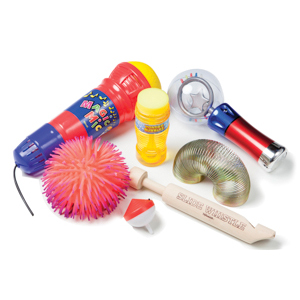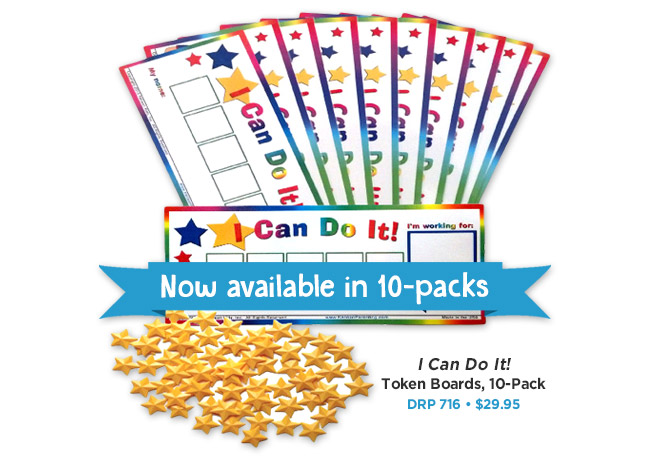When I first heard about SAFMEDS, I wondered how they were different from standard use of flashcards. What I learned, in fact, is that the process is quite different, and it’s evidence-based! SAFMEDS is actually an acronym that means “Say All Fast Minute Each Day Shuffled.” (I know, I know…it doesn’t exactly roll off the tongue.) Created by Ogden Lindsley, SAFMEDS are focused specifically on fluency, or, in other words, speed and accuracy.
While there are some things that don’t require fluency, there are many things that do: such as simple multiplication or letter recognition. This means that some tasks I teach my students will require the use of fluency training, which is often completed through the use of SAFMEDS. Lindsley outlined results of his experiments using SAFMEDS with students and demonstrated that this process of instruction resulted in faster acquisition of fluency than other, similar flashcard procedures (Lindsley, 1996) with his work having been replicated many times over.
So, how do you implement SAFMEDS?
First, get your materials together. Create your flashcards. (I typically use index cards where I’ve written the problem on one side and the correct response on the back.) Be sure to get a timer.
From there, the procedure is pretty straight forward:
- You will have ALL the flashcards available and the student will respond to as many as he/she can in one minute.
- The student can run the activity on their own, and will likely go much faster if they are the one turning the cards (Lindsley, 1996). The student looks at the card, provides the response, then puts the card in the correct or incorrect pile.
- The cards should be shuffled between each fluency drill so that the student won’t learn the answers in order.
I’ve used actual flashcards, but also created SAFMEDS sets using different apps and websites. If you’re interested in learning more about implementing this simple strategy for building fluency, you should take a look here for more information.
REFERENCES
Lindsley, O. R. (1996). The four free-operant freedoms. The Behavior Analyst, 19(2), 199.
WRITTEN BY SAM BLANCO, MSED, BCBA
Sam is an ABA provider for students ages 3-15 in NYC. Working in education for twelve years with students with Autism Spectrum Disorders and other developmental delays, Sam utilizes strategies for achieving a multitude of academic, behavior, and social goals. Sam is currently a PhD candidate in Applied Behavior Analysis at Endicott College. She is also a lecturer in the ABA program at The Sage Colleges.







